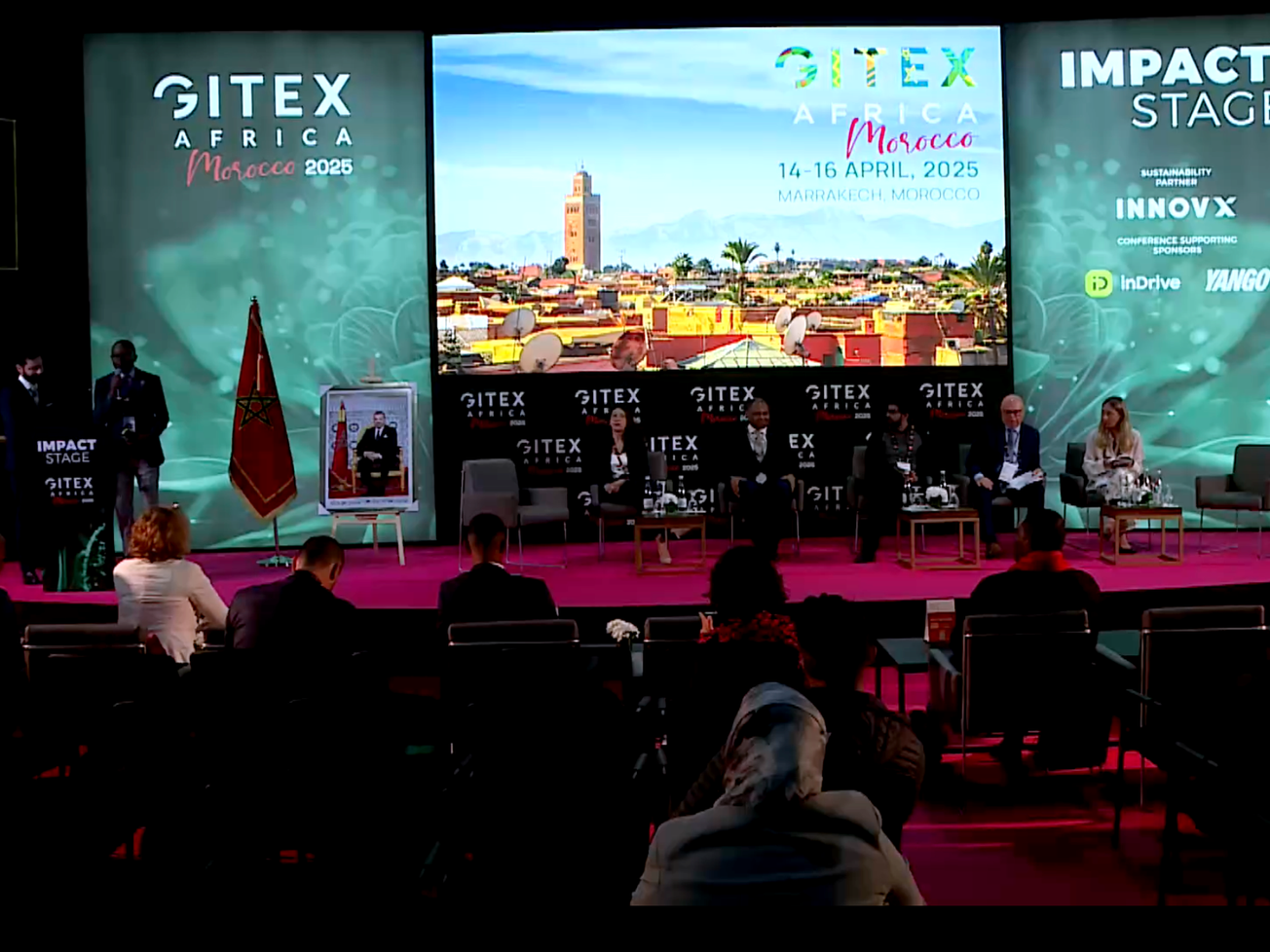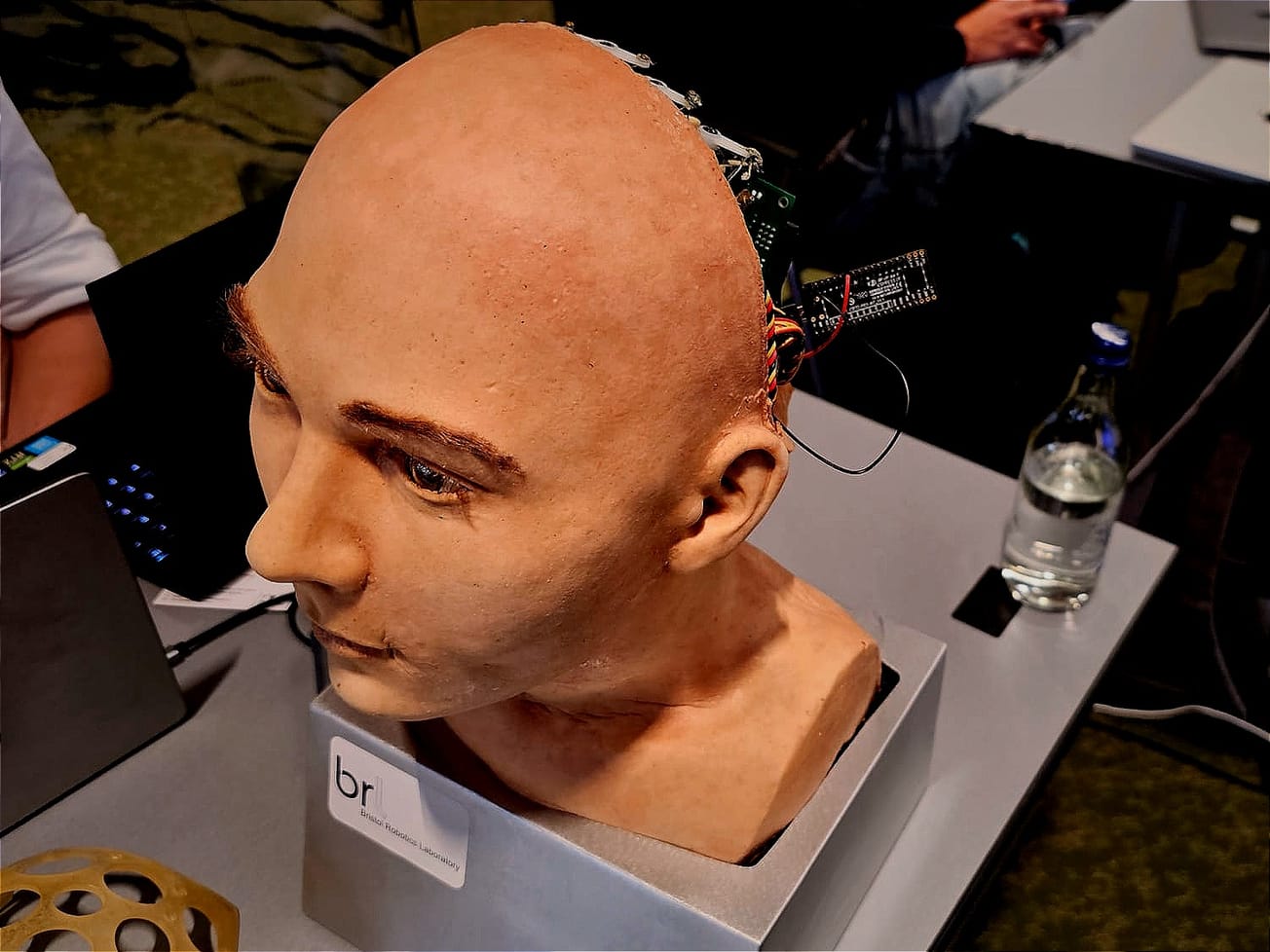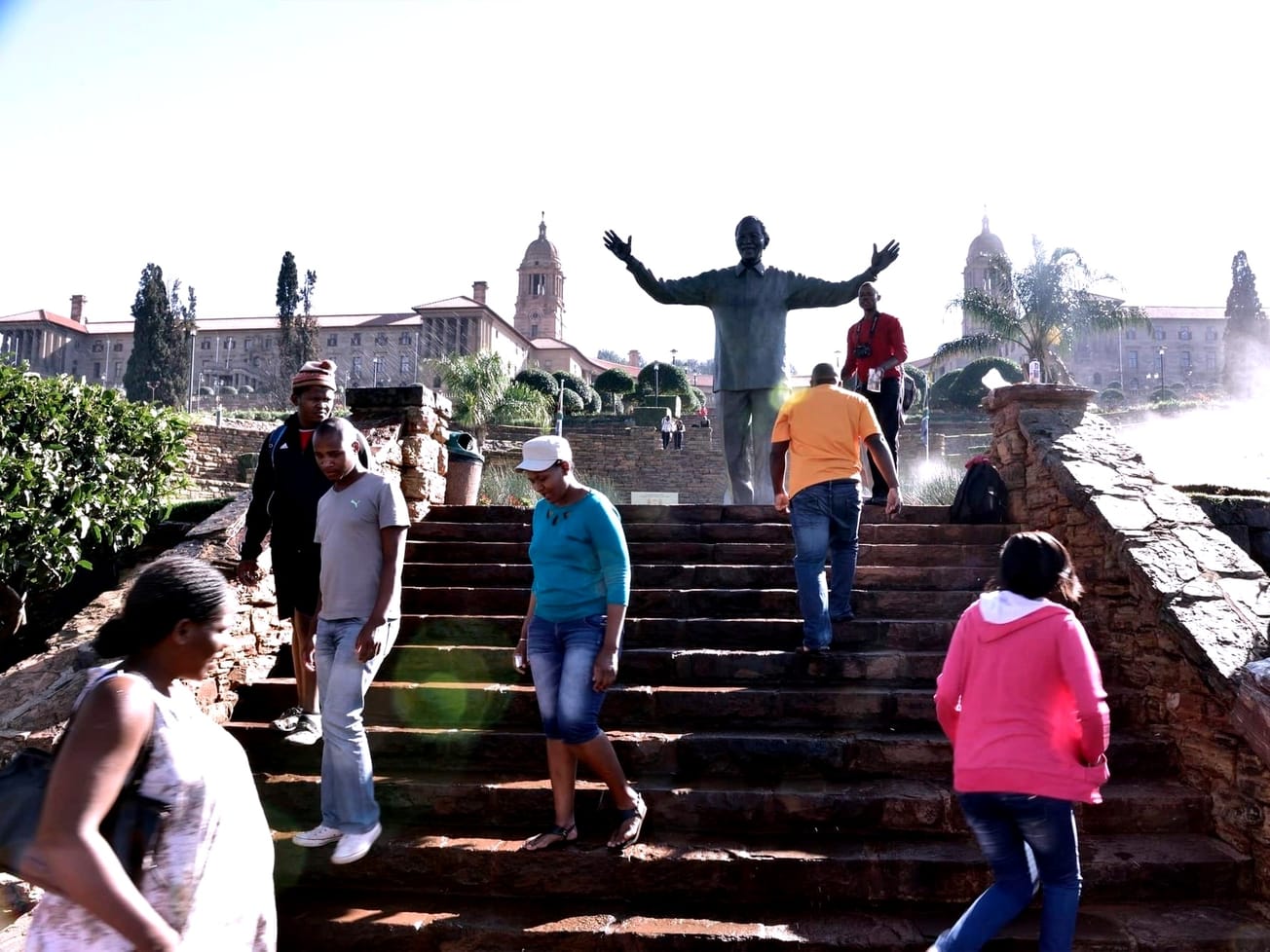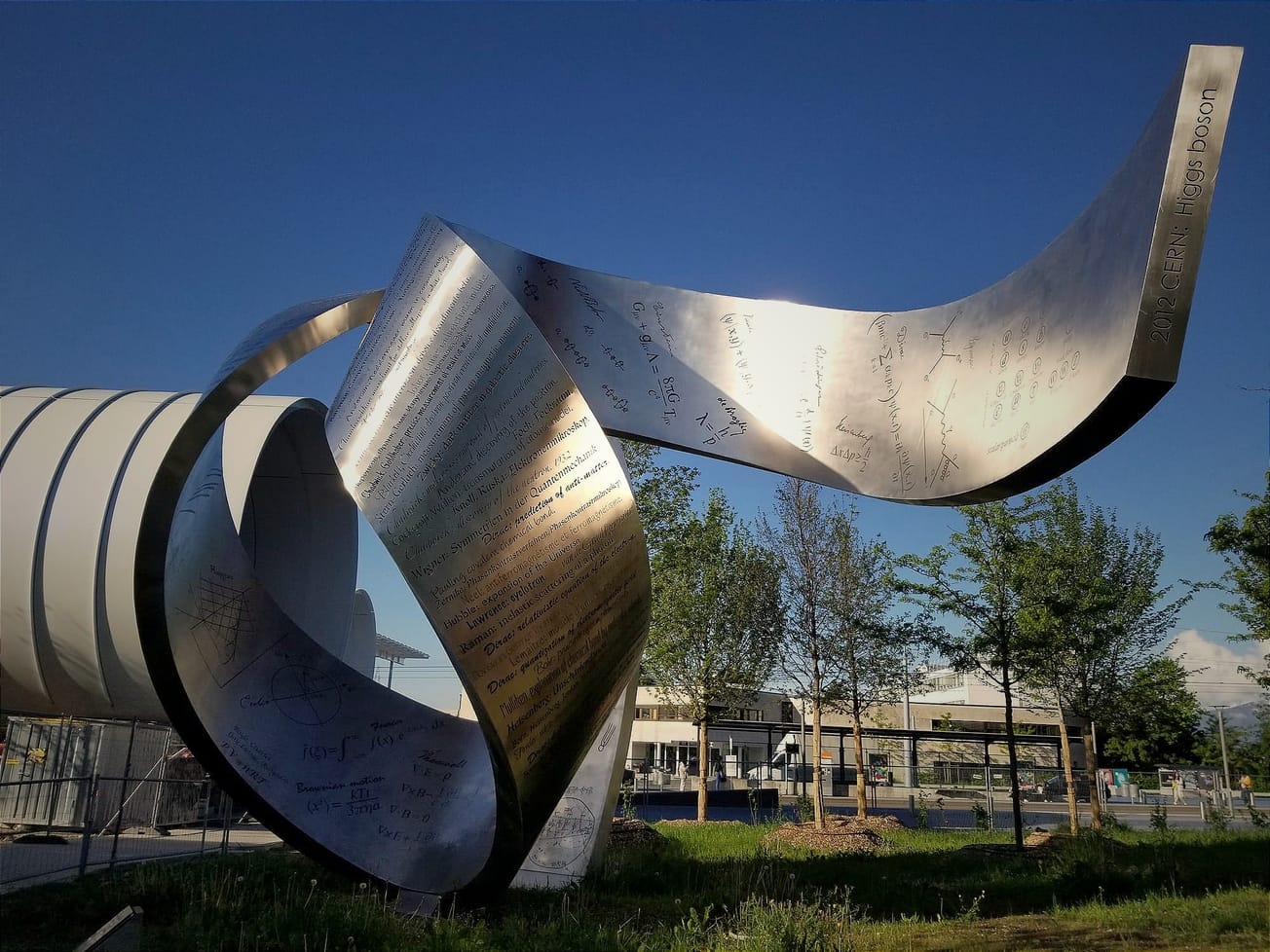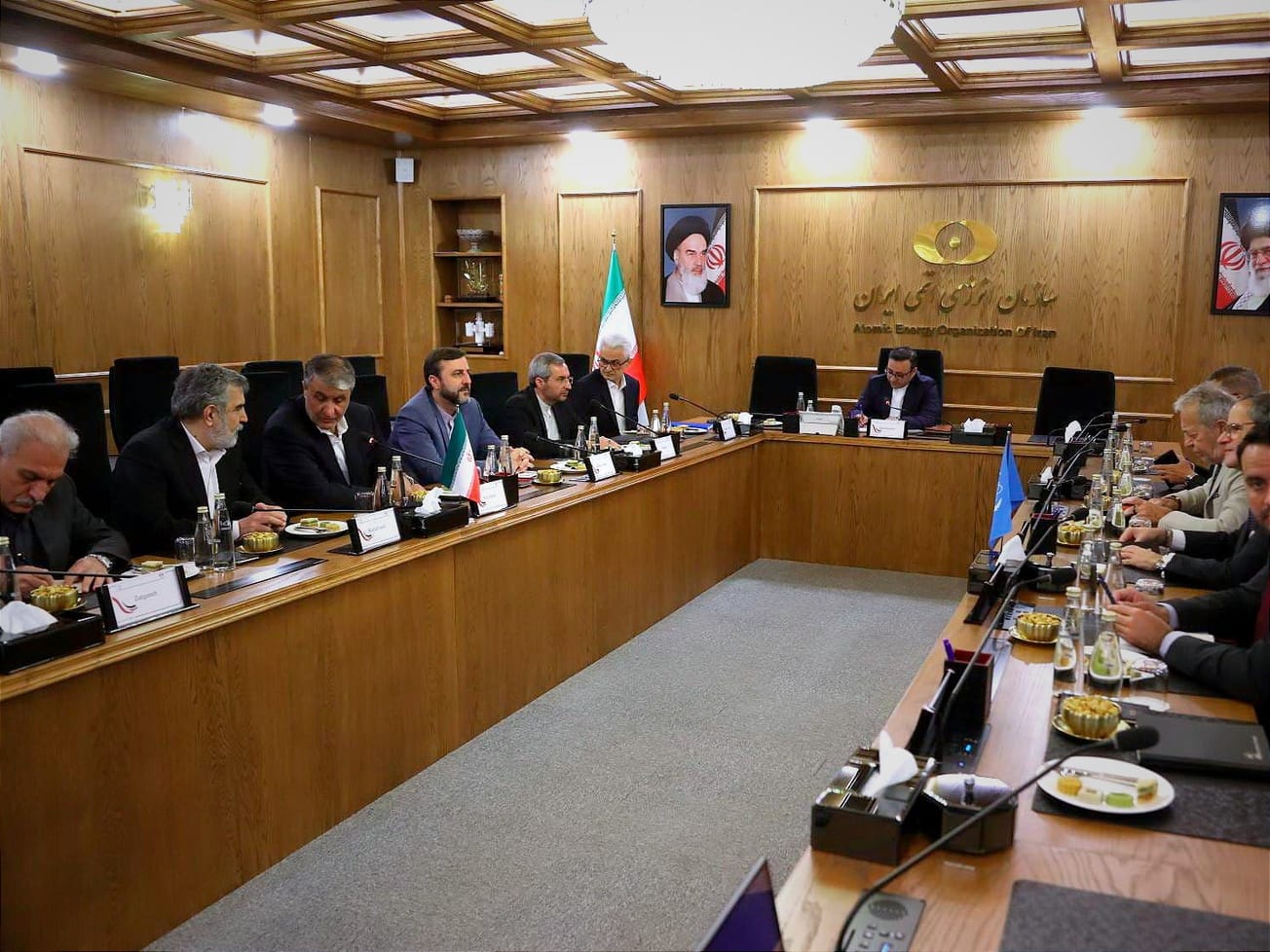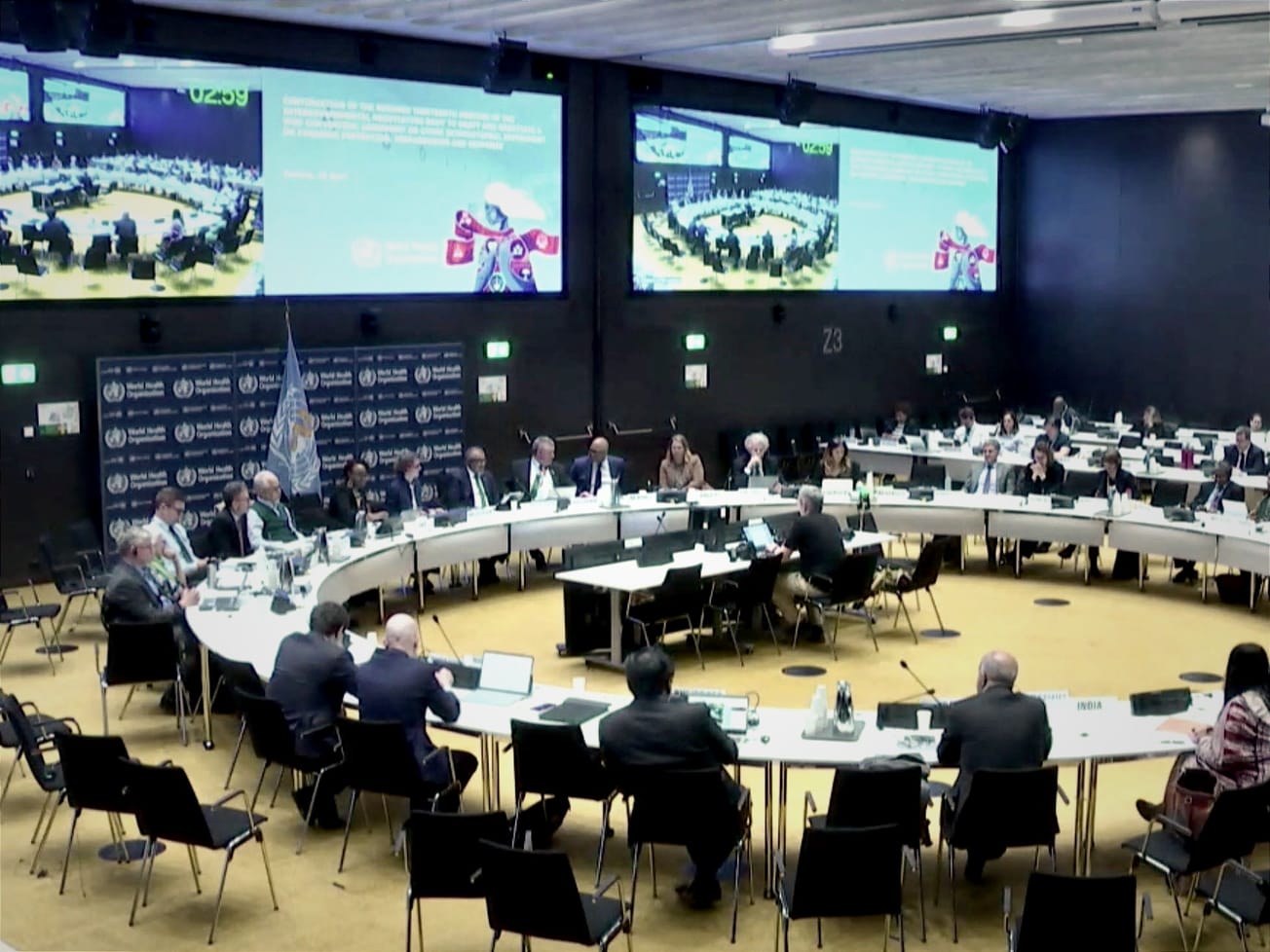GENEVA (AN) — CERN's next big move to explain how the universe came to be calls for an even bigger atom smasher: the Future Circular Collider.
The European Organization for Nuclear Research, known as CERN, said on late Monday that after several years of intense work it has finished plans for a new particle collider with a 91-kilometer circumference – more than triple the existing 27-kilometer Large Hadron Collider – at an average depth of 200 meters below the Swiss-French border.


